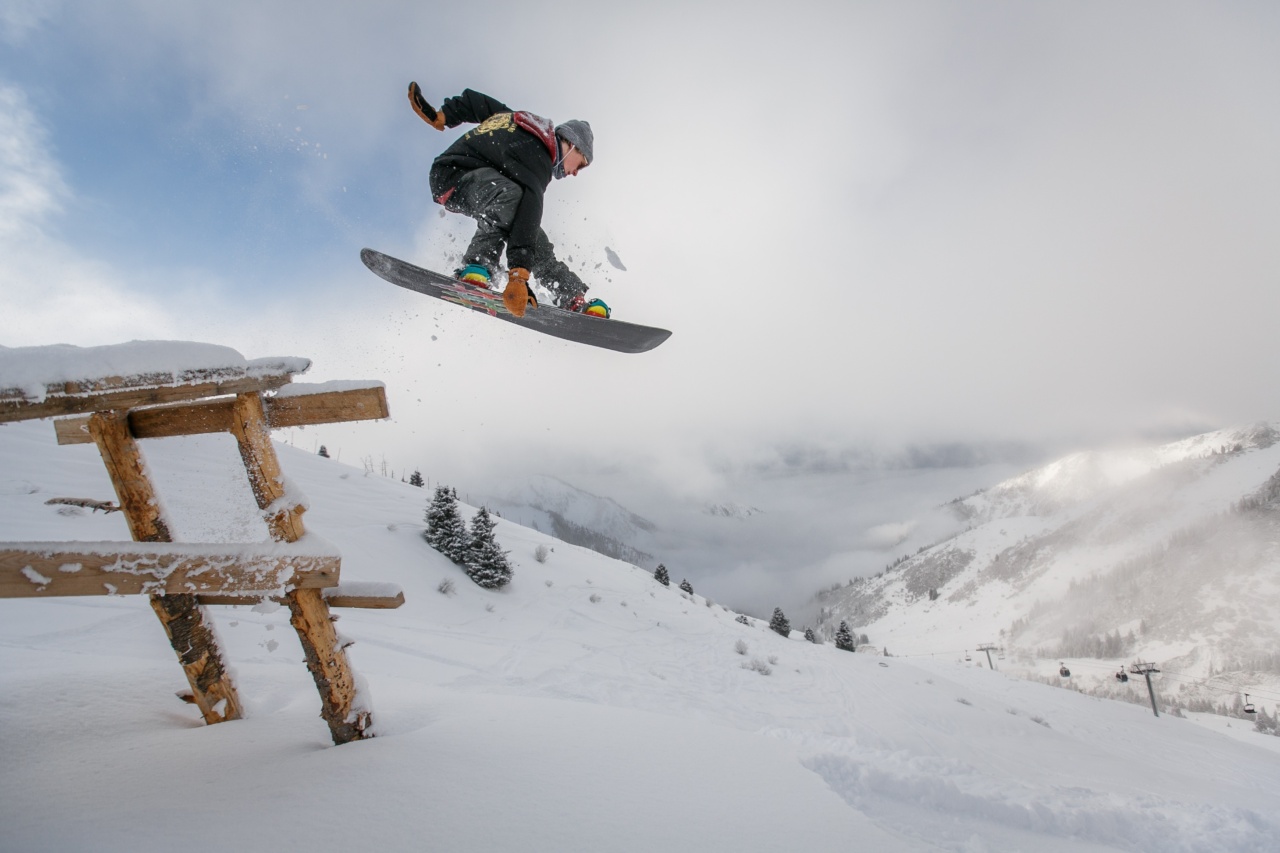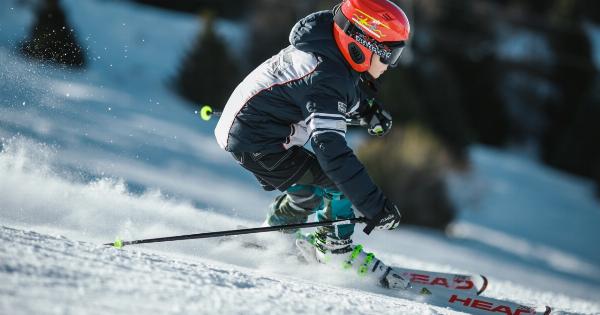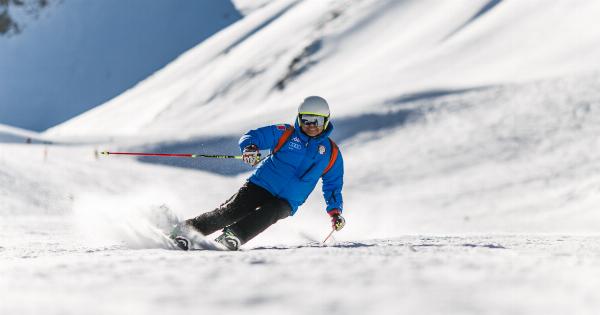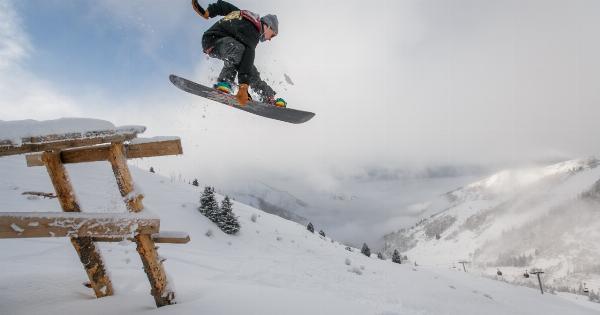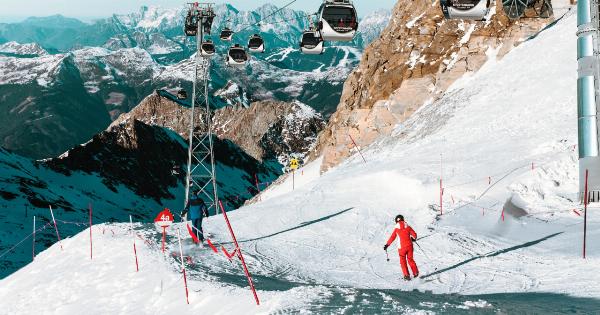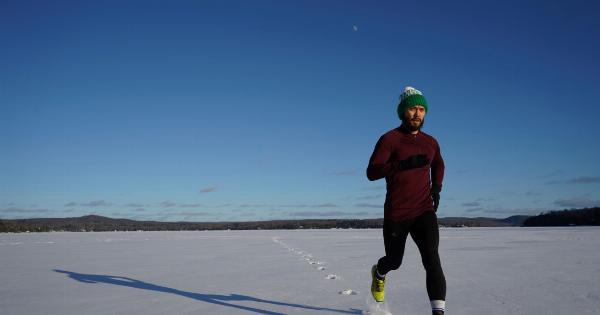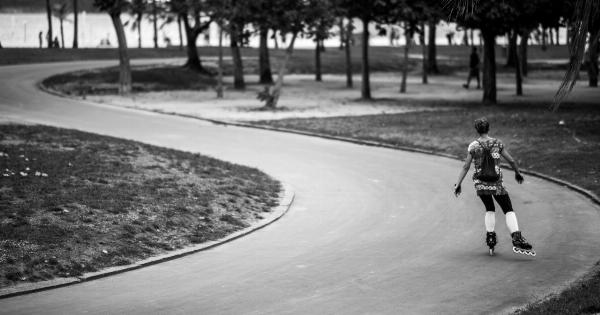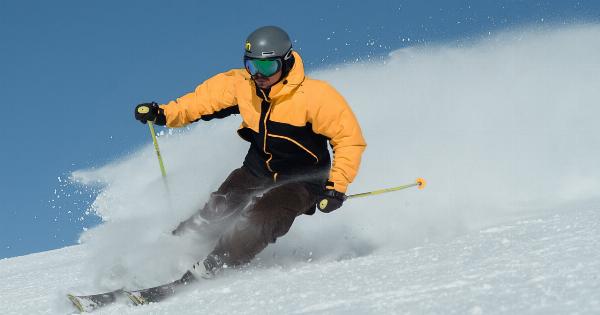Winter sports are an exciting and exhilarating way to embrace the cold season. Whether it’s skiing, snowboarding, or ice skating, these activities offer a unique blend of adventure and physical exertion.
However, it’s important to prioritize safety while indulging in winter sports. From wearing appropriate protective gear to being aware of your surroundings, there are several precautions you should take to ensure your trip to the slopes remains enjoyable and injury-free.
Choose the Right Equipment
One of the most crucial aspects of winter sports safety is having the right equipment. This includes choosing proper winter clothing, helmets, and appropriate gear for the specific sport you’ll be engaging in.
Ensuring that all equipment fits well and is in good condition is essential before hitting the slopes. Ill-fitting gear can cause discomfort and impair your performance, increasing the risk of injuries.
Warm-up and Stretching
Before engaging in any winter sport, it’s vital to warm up your muscles and loosen your joints. These activities help prepare your body for the physical demands, reducing the risk of strains and sprains.
Some simple warm-up exercises include jogging in place, jumping jacks, and stretching major muscle groups. Remember to focus on your legs, back, and core, as these areas are actively engaged during most winter sports.
Maintain Proper Fitness
Participating in winter sports requires a certain level of physical fitness. Regular exercise routines leading up to your trip to the slopes can improve endurance, strength, and agility.
Engaging in activities such as running, cycling, and weight training can help condition your muscles and enhance your overall performance on the slopes.
Take Lessons for Beginners
If you’re a beginner or trying out a new winter sport, it’s strongly recommended to take lessons from a qualified instructor.
Learning from professionals not only helps you master the basic techniques but also familiarizes you with the rules and safety guidelines specific to the sport. They will teach you how to fall safely, control your speed, and navigate various slopes, ensuring a safer and more enjoyable experience.
Stay Hydrated and Well-Rested
While the freezing temperatures may not make you feel as thirsty as during warm weather activities, staying hydrated is just as important in the winter. Dehydration can lead to muscle cramps and fatigue, increasing the risk of accidents.
Similarly, ensuring you are well-rested before hitting the slopes can improve coordination and reaction time.
Pay Attention to Weather Conditions
Before heading to the slopes, check the weather forecast and be aware of any warnings or advisories. Extremely low temperatures, strong winds, or heavy snowfall can pose safety risks, such as frostbite, poor visibility, or avalanches.
If adverse conditions are expected, it’s better to postpone your winter sports adventure for another day when the weather is more favorable.
Follow the Rules and Etiquette
Each winter sport has its own set of rules and etiquette that should be respected to ensure everyone’s safety. Familiarize yourself with these guidelines and adhere to them while on the slopes.
For example, skiers and snowboarders should yield to those in front of them, maintain control, and avoid reckless maneuvers. Additionally, be aware of signs indicating the difficulty level of a slope and choose one that aligns with your abilities.
Know Your Limits
While it’s important to challenge yourself and progress in your winter sports skills, avoid pushing beyond your limits. Overextending yourself can lead to fatigue, loss of control, and ultimately, accidents and injuries.
Be mindful of your current abilities and gradually progress at a pace that allows you to maintain control and enjoy the experience.
Be Prepared for Emergencies
Accidents can happen even if you follow all the safety precautions.
It’s essential to be prepared for emergencies by carrying a fully charged cell phone, knowing the location of the nearest medical facilities, and familiarizing yourself with the mountain’s emergency procedures. Additionally, consider wearing an identification card with your name, emergency contact information, and any relevant medical conditions.
Look Out for Others
Finally, while you’re focusing on your own safety, it’s equally important to keep an eye out for others. When sharing the slopes with fellow winter sports enthusiasts, be courteous and respectful.
Avoid sudden stops or unpredictable movements that may cause collisions. If you witness someone in distress, provide assistance or alert the ski patrol if necessary.
